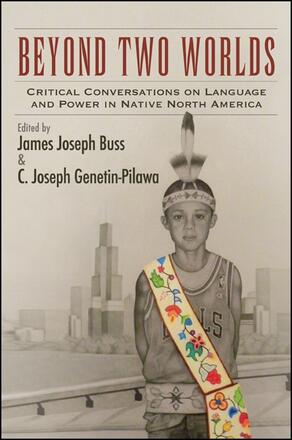
Beyond Two Worlds
Critical Conversations on Language and Power in Native North America
Alternative formats available from:
Examines the origins, efficacy, legacy, and consequences of envisioning both Native and non-Native “worlds.”
Description
Beyond Two Worlds brings together scholars of Native history and Native American studies to offer fresh insights into the methodological and conceptual significance of the "two-worlds framework." They address the following questions: Where did the two-worlds framework originate? How has it changed over time? How does it continue to operate in today's world? Most people recognize the language of binaries birthed by the two-worlds trope—savage and civilized, East and West, primitive and modern. For more than four centuries, this lexicon has served as a grammar for settler colonialism. While many scholars have chastised this type of terminology in recent years, the power behind these words persists. With imagination and a critical evaluation of how language, politics, economics, and culture all influence the expectations that we place on one another, the contributors to this volume rethink the two-worlds trope, adding considerably to our understanding of the past and present.
James Joseph Buss is Associate Professor of History at Salisbury University and author of Winning the West with Words: Language and Conquest in the Lower Great Lakes. C. Joseph Genetin-Pilawa is Assistant Professor of History at Illinois College and author of Crooked Paths to Allotment: The Fight over Federal Indian Policy after the Civil War.
Reviews
"...a valuable contribution to scholars and community members alike." — H-Net Reviews (H-AmIndian)